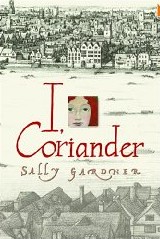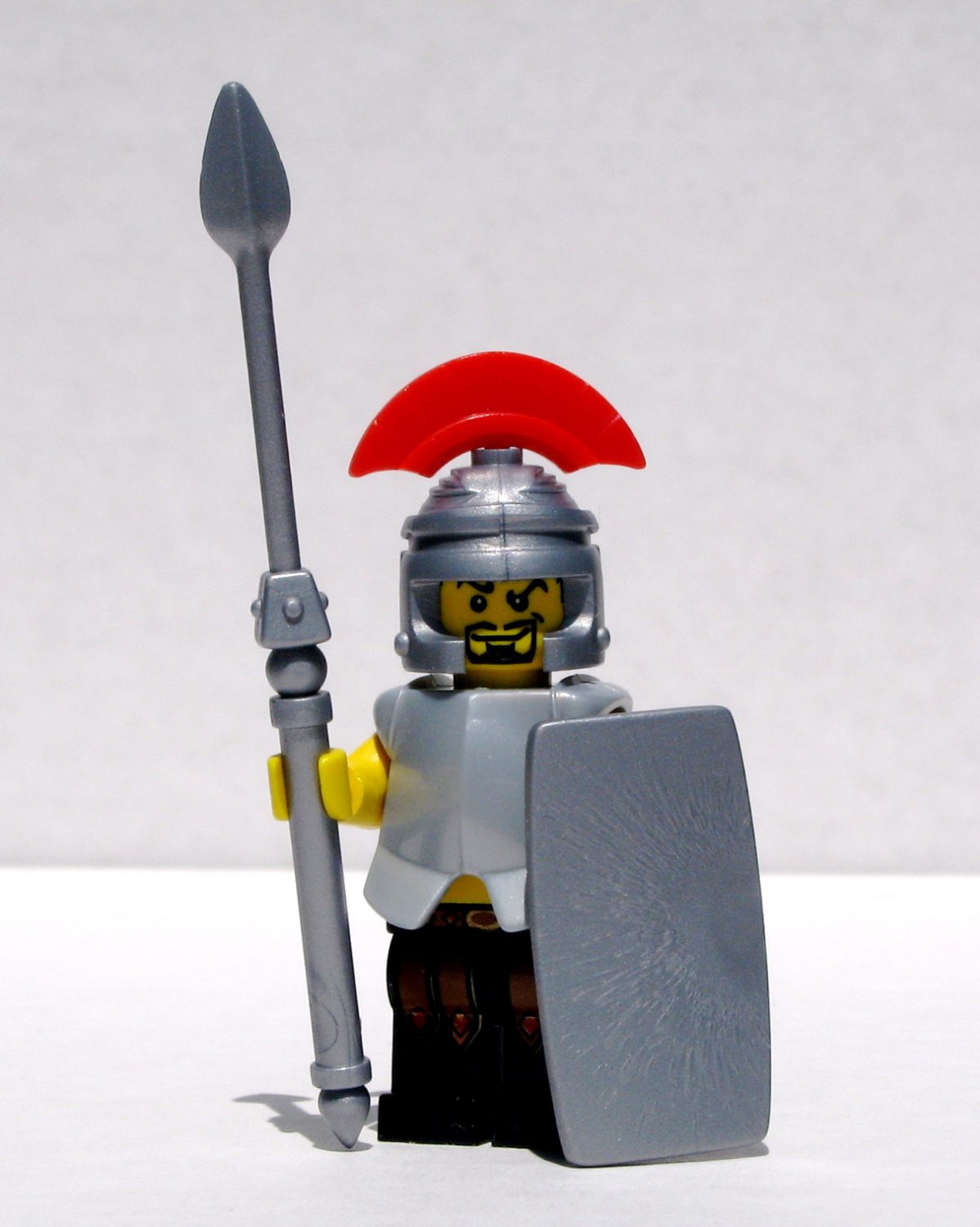
This book is set in 1649, just after King Charles 1st had been executed. At the back of the book there are some historical background notes.
It is really hard to describe, because although it is set in a real time from history, it moves between two different worlds, it is unlike any book I have read before.
It is the best book I have ever read, I couldn’t put it down and read the 300 paged book in two days. It is packed full of mystery, magic and adventure, and history, with the slightest bit of romance.
The story unfolds through the eyes of six year old Coriander, who is almost 20 by the end of the book. One of things which is fun seeing change, is Coriander’s fear of the stuffed baby alligator in her father’s study, it holds the key to the cabinet in its mouth, and at the end, it comes alive (just like she had feared all along) it saves her-I can’t tell you how because it will spoil it!
The imagery throughout the novel is beautiful, and everything is described in great detail. Here is an example:
” Everything in the room was covered in a layer of thick dust. The curtains that the sun had been badgering were now no more than a mass of spiders webs. The bedroom covers were all torn and tattered, feathers split from the mattresses, and the wash basin was cracked and broken as if long abandoned. It was a room of rags and feathers, nothing more.”
The book has a fairy tale quality to it, because of the language Sally Gardner uses and the events of the story.
The characters are larger than life and dramatic, and at times frightening.
This novel’s ending was satisfying and felt complete. After reading this book I felt inspired to write a story set in a time from history also. One of my favourite things about the book, is how Coriander stands up for herself.
I highly recommend this book, I will definitely read it again!
I rate it 10/10, and would recommend to age 9-14
Hello! My name is Agnieszka. I am now 10 years old. I started this website when I was 8. I live in Mid- Wales and am home educated with my two sisters. My website is all about every kind of art, film, photography, writing, poetry, journalism and anything I find interesting in my life without school.
Read More...





